
Red Hat Developers
Your Red Hat Developer membership unlocks access to product trials, learning resources, events, tools, and a community you can trust to help you stay ahead in AI and emerging tech.

Your Red Hat Developer membership unlocks access to product trials, learning resources, events, tools, and a community you can trust to help you stay ahead in AI and emerging tech.
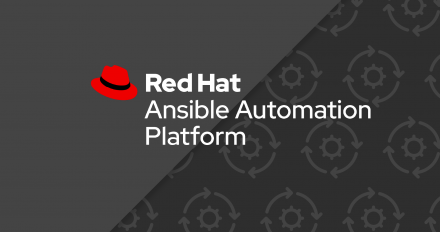
Learn how to install Red Hat OpenShift AI to enable an on-premise inference service for Ansible Lightspeed in this step-by-step guide.
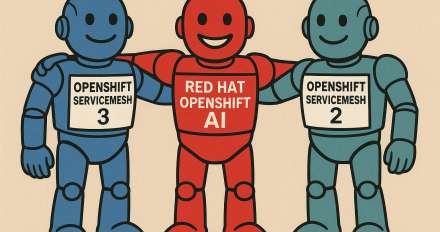
Learn how to overcome compatibility challenges when deploying OpenShift AI and OpenShift Service Mesh 3 on one cluster.
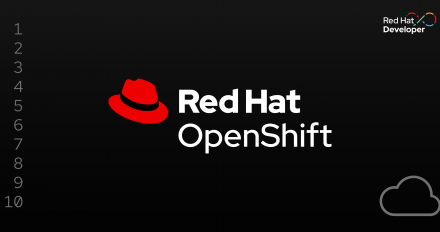
This article discusses how the HaProxy router settings affect middleware applications, such as JBoss EAP 7/8 and OpenShift Serverless.
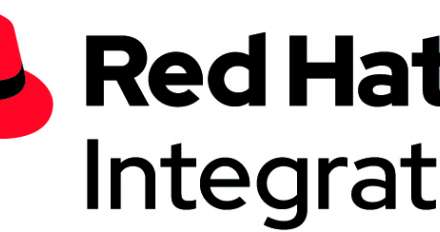
Runtimes, frameworks, and services to build applications natively on Red Hat OpenShift.

Red Hat OpenShift 4.19 brings a new unified perspective, AI chat assistant OpenShift Lightspeed, simultaneous VM migrations, and other features for developers.
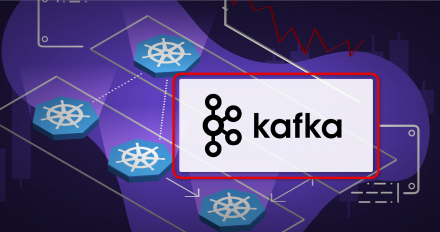
Discover why Kafka is the foundation behind modular, scalable, and controllable AI automation.

Evolve an application into a serverless model using Red Hat OpenShift. Learn why serverless matters and how to implement it using Knative Serving and Functions.
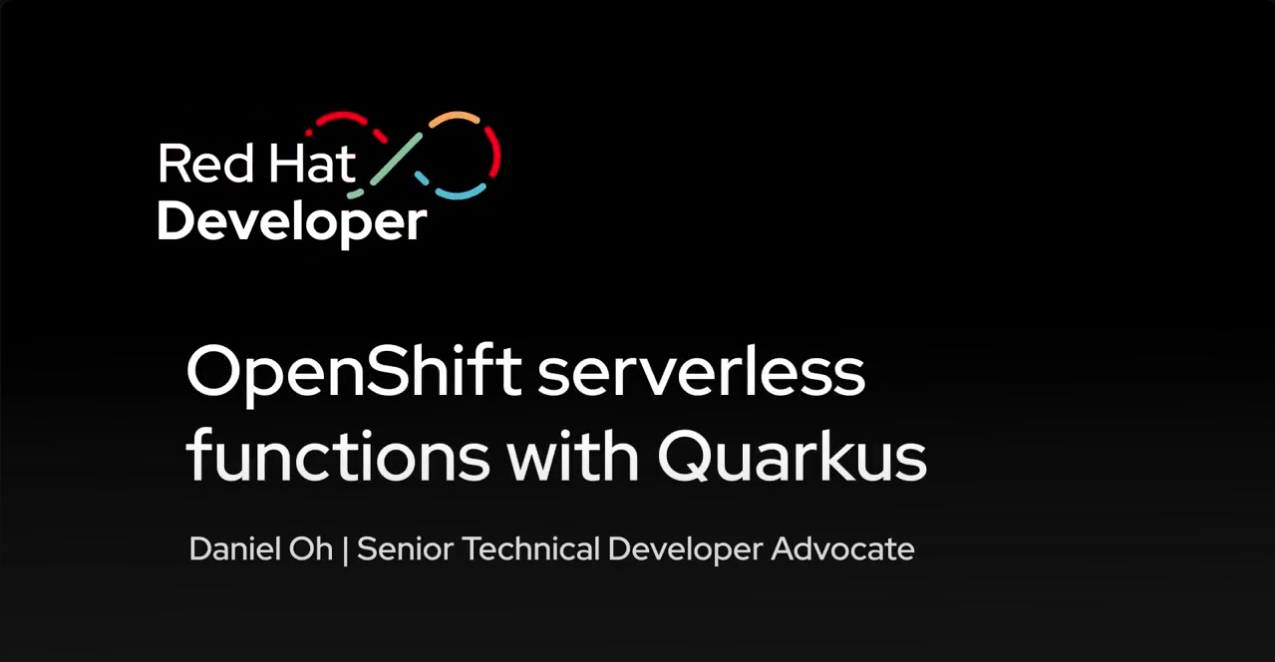
Learn how to write serverless functions with Quarkus.

Learn how to write serverless functions with Node.js.
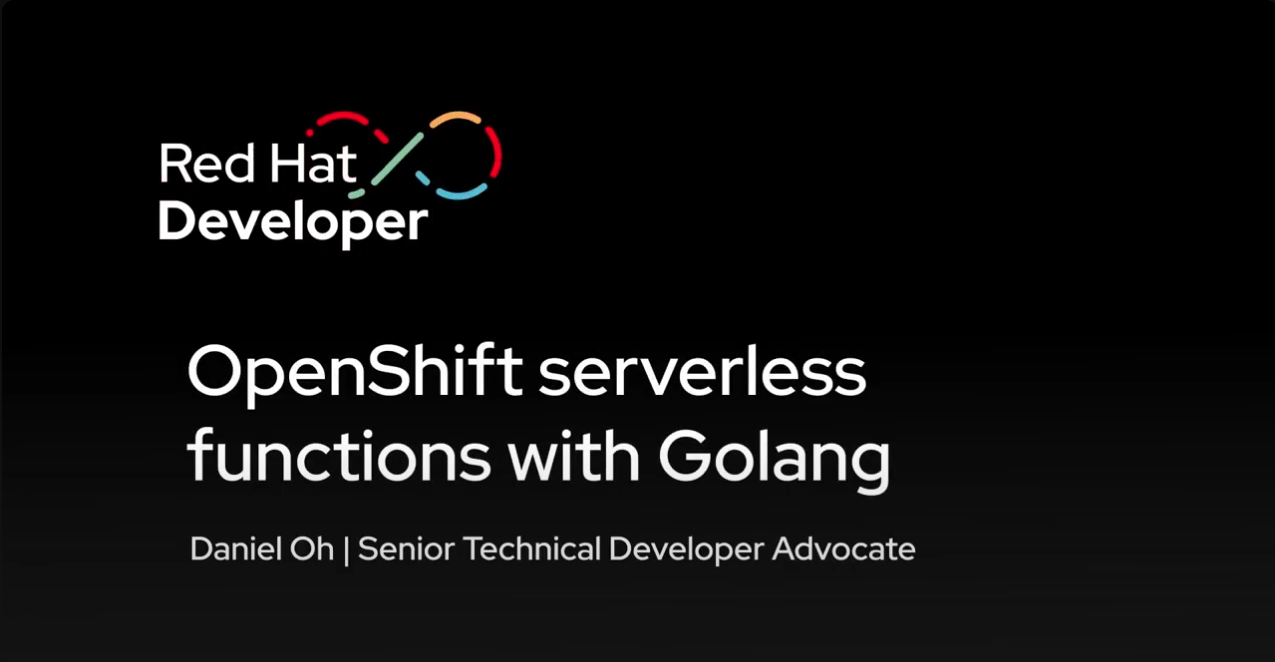
Learn how to write serverless functions with Golang.

Red Hat OpenShift Serverless is based on the Knative open source project. It provides a uniform and tightly integrated interface across the hybrid cloud ecosystem. This video covers how to deploy and update applications, route traffic to applications, and auto-scaling.
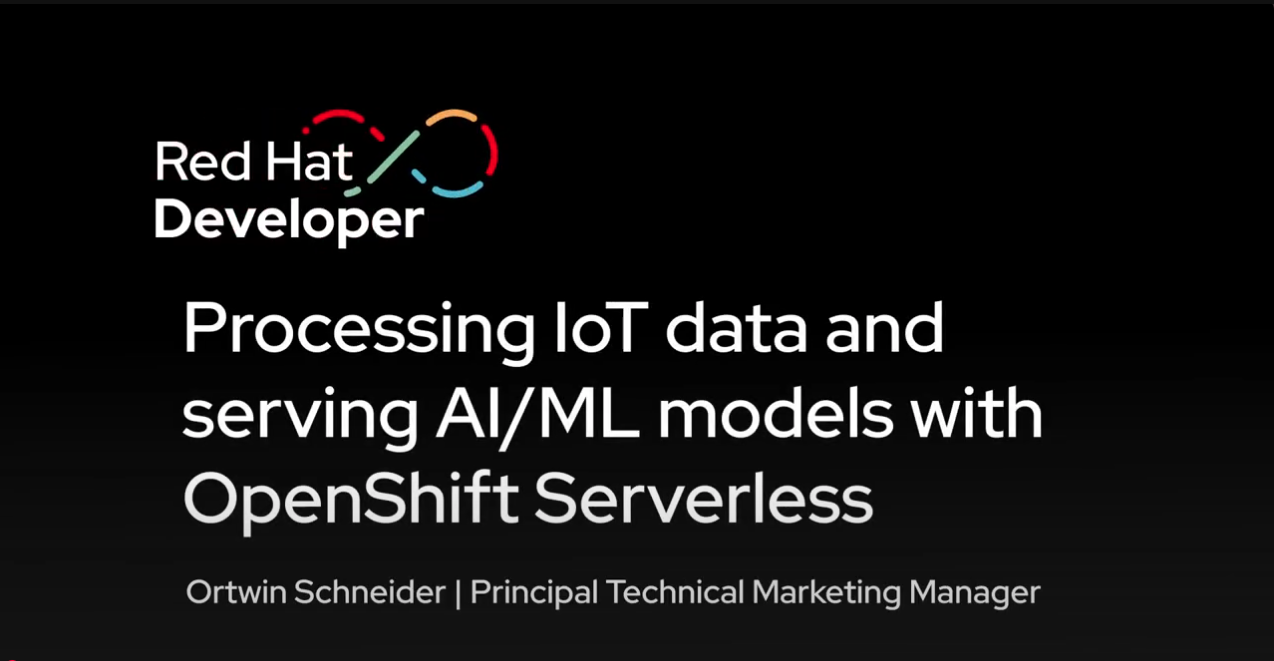
Explore Knative Serving, Eventing, and Functions through an example use case. You’ll see how to collect telemetry data from simulated vehicles, process the data with OpenShift Serverless, and use the data to train a machine learning model with Red Hat OpenShift AI, Red Hat's MLOps platform. The model will then be deployed as a Knative Service, providing the inference endpoint for our business application.
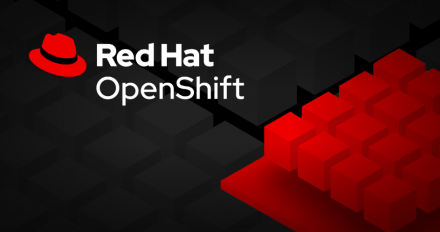
Discover what's new for developers in Red Hat OpenShift 4.18, including new


Find out what new features and capabilities have been provided in Red Hat

Serverless logic in Red Hat OpenShift enables developers to use workflows for function and event orchestration. Learn how it works and how you can get started.

Simplify application development for microservices and functions with OpenShift Serverless.

Knative has been widely promoted as a way to run serverless applications in Kubernetes. Rob and Jeremy think should consider it for your next application.

Find out what new features and capabilities have been provided in Red Hat

Event-driven Sentiment Analysis using Kafka, Knative and AI/ML
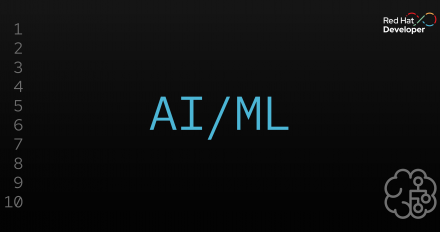
Learn a simplified method for installing KServe, a highly scalable and standards-based model inference platform on Kubernetes for scalable AI.

Learn how to implement a back-end function and a front-end web application, then